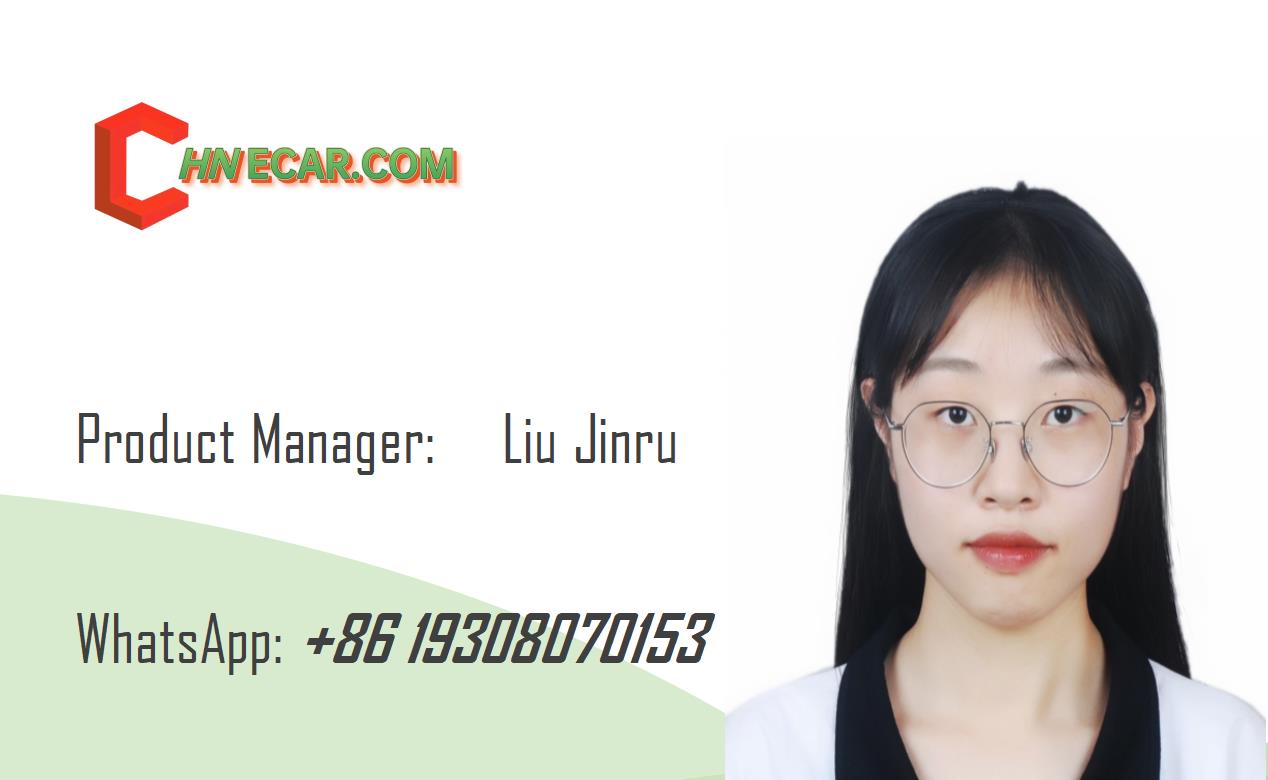I have been engaged in the automotive media for some time, every time I participate in activities test drive many manufacturers will show their own assisted driving features, more common is also ACC adaptive cruise control + LCC lane keeping assist system, which is currently defined as the most basic L2 level of assisted driving, and every time you use this function many car companies will choose some relatively simple road, such as urban expressway and highway But after trying the ACC/LCC function on so many models, I still think it's too homogeneous without any breakthrough, let's analyze together what the principle of the function is and the latest situation!
ACC / LCC rely on what to achieve?
ACC adaptive cruise control function, in fact, is based on the fixed speed cruise control, adding the function that can change the speed and change the distance from the car in front, which also includes the function of active braking and active acceleration, currently mainly relies on millimeter wave radar, camera, camera and millimeter wave radar fusion program to achieve, its best is certainly the fusion program in the follow stop, start, acceleration, braking and other working conditions are better than the separate program Good, at the same time this fusion scheme is also more mainstream scheme.
LCC lane keep assist system, as the name suggests is a keep the vehicle in the middle of the current lane driving function, the principle of this function is through the vehicle's camera to identify the lane line, and then through the vehicle's calculation of the vehicle in the lane position, so as to control the vehicle in the lane centered position.
ACC / LCC limitations
When it comes to the function of many car owners to buy are very important, but according to some car owners to respond to this function after using once never use, the reason is that the limitations are too high, the experience is not comfortable. First of all, the limitations of ACC for the determination of the target, encountering stationary objects such as people or roadblocks in front, ACC can not identify. When encountering some emergency merging or intersecting vehicles, some vehicles may not be able to make emergency braking response or braking over-aggressive phenomenon.
LCC in some curves too large or unclear markings, will directly strike, some do not do a good job of car companies will also appear to "paint the dragon" phenomenon, the overall view of the above two functions are too limited scenarios, some urban roads and mountain roads simply can not be used, resulting in a bad experience, some users also oppose the function is just A gimmick.
ACC / LCC perception of the latest program

The above-mentioned limitations of the two functions are mainly due to the limited perception ability of the vehicle, some obstacles can not be identified. Recently, XPeng Auto announced the enhanced ACC/LCC-L function of P5, which adds LIDAR perception of the environment and improves visual perception, decision making ability and body control.

In the beta version of the function also performed very well, the test section is a 13.7 km long urban open road, which includes a traffic jam, mixed with people and vehicles, buses do not follow the rules and other complex scenarios, which I selected two more highlights of the segment analysis under.
The first is the anti-congestion ability, some assisted driving open inevitably some vehicles have congestion behavior, more common in urban roads, this time the vehicle's ability to respond is extremely important, XPeng P5 in the test on the way to encounter a cab emergency cut into and left, and the test vehicle is not very aggressive braking, but very soft speed reduction, from 43 km / h to 35km / h, slowed down. This is also very close to everyday driving habits and does not create an uncomfortable experience.
There is also a clip is through an unmarked turn left large curvature traffic circle, ordinary LCC will automatically shut down when entering, while the addition of Lidar LCC, when entering the traffic circle will automatically detect, select the appropriate lane, and then quickly select the marked lane, the whole process and vehicle convergence, but the overall performance can be described as a flow, no manual takeover.
Comment: from the XPeng P5 joined the LIDAR ACC / LCC, you can find the perception of the environment, in visual perception, decision-making ability, body control have been improved, which is enough to prove that LIDAR is not a gimmick, at present, only the domestic Peng first LIDAR function mass production to assisted driving, I believe in the city NGP mass production will have a better experience, we look forward to it together!







